- Immersion Cooling Container
- W40 Hydro Cooling Container
- Tower-Inside Immersion Cooling Container
- Rack X Hydro Cooling Container
- Immersion Cooling System
- Immersion Cooling Plant Type 1.1MW
- Immersion Cooling Plant Type 1.0 MW
- Immersion Cooling Container 1.1MW/2.0MW
- Immersion Cooling Container
- Hydro Cooling Container
- Cabinet Cooling System
A tube-in-tube heat exchanger is a type of heat exchanger that consists of two concentric pipes, where one pipe is placed inside the other. The inner pipe carries one fluid, while the outer pipe carries a different fluid. Heat is transferred between the two fluids through the wall of the inner pipe.
tube-in-tube heat exchangers are specifically designed for heating and cooling of sludge that contains fibers and particles, making it ideal for most wastewater sludge.
Advantages
· Compact Design: The concentric arrangement saves space compared to other heat exchangers, making it ideal for applications where space is limited.
· Separation of Fluids: The two fluids do not mix, making the pipe-in-pipe heat exchanger suitable for situations where contamination or mixing of fluids must be avoided.
· High Pressure and Temperature Resistance: This design is often used in high-pressure, high-temperature environments, making it suitable for industries such as oil and gas or chemical processing.
· Simple Construction: Compared to more complex heat exchanger designs, the pipe-in-pipe system is relatively simple to manufacture and install, making it cost-effective in certain applications.
Water-Cooled vs. Air-Cooled Heat Exchangers
Which One to Choose?
● Air-cooled systems are recommended for water-scarce or high-temperature regions, offering low maintenance costs and zero water consumption.
● Water-cooled shell-and-tube exchangers are ideal when lower outlet temperatures, compact installation, or reliable water supply are required.
● We also offer hybrid (dry/wet) air-cooled systems for enhanced performance in hot climates.
Supporting Products:
● Air Fin Cooler / Dry Cooler
● Shell and Tube Heat Exchanger
● Plate Heat Exchanger
● Hybrid Cooling Systems (Dry + Spray)
Shell-and-Tube Water-Cooled Heat Exchangers
Advantages
● High cooling efficiency: outlet temperature can approach wet-bulb conditions
● Compact design: smaller footprint, easily integrated into tight spaces
● Stable performance: unaffected by ambient temperature fluctuations
● Quiet operation: no fans, minimal noise
Limitations
● High water consumption and pollution risk
● Needs water source, pumps, pipelines, and treatment systems
● Corrosion & scaling: frequent maintenance and chemical treatment required
● Total shutdown upon power failure
● Biological growth risk in warm climates
Air-Cooled Heat Exchangers (Dry Coolers, Air Fin Coolers)
Advantages
● Environmentally friendly: no water consumption, no thermal or chemical pollution
● Site flexibility: suitable for arid areas or water-scarce regions
● Easy maintenance: corrosion-free, scaling-free, long service life
● Lower operating costs: air has low resistance and no treatment cost
● Passive cooling: retains 30–40% natural cooling even when power is off
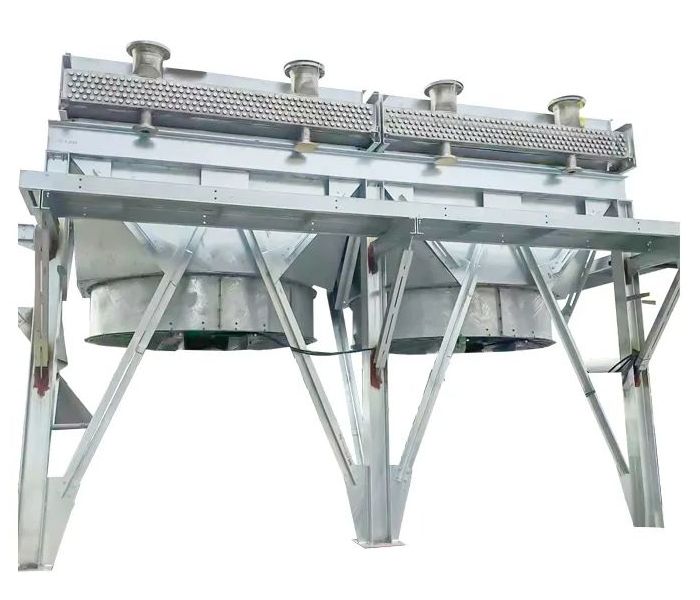
Limitations
● Cooling is limited by dry-bulb temperature; it cannot cool below ambient
● Requires a larger footprint due to low air-side heat transfer
● Affected by weather: wind, sunlight, and seasonal changes impact performance
● Noise: due to fans and airflow
● Requires finned tubes and specialized fan systems
![loading... [80x23]](https://shopsource.singoo.cc/1155/general/5NjB5mefwnJsrcBh.png?x-oss-process=image/resize)
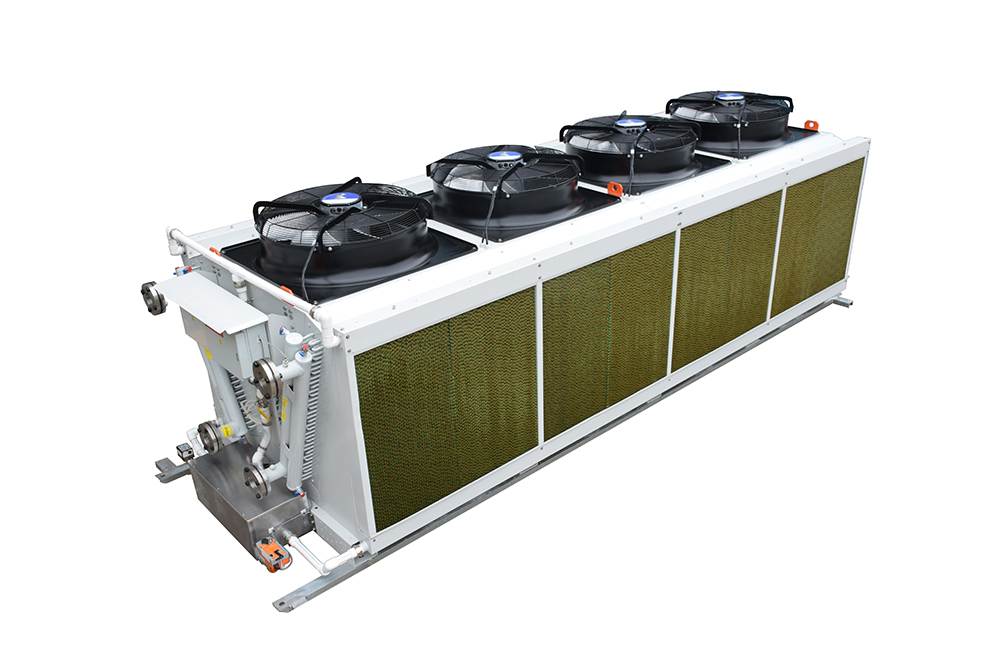
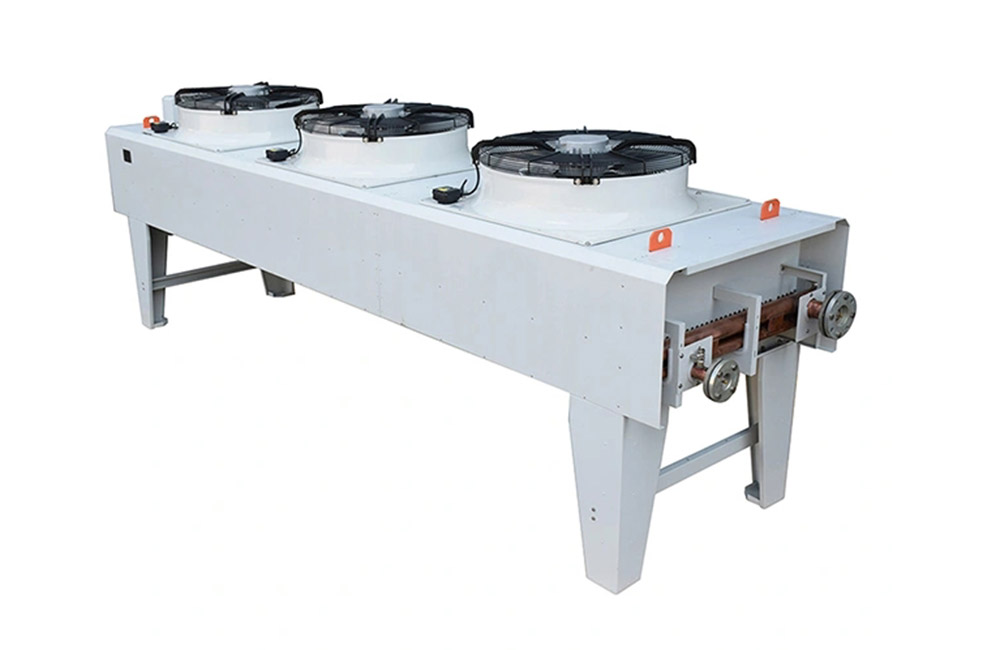







.jpg)
.jpg)
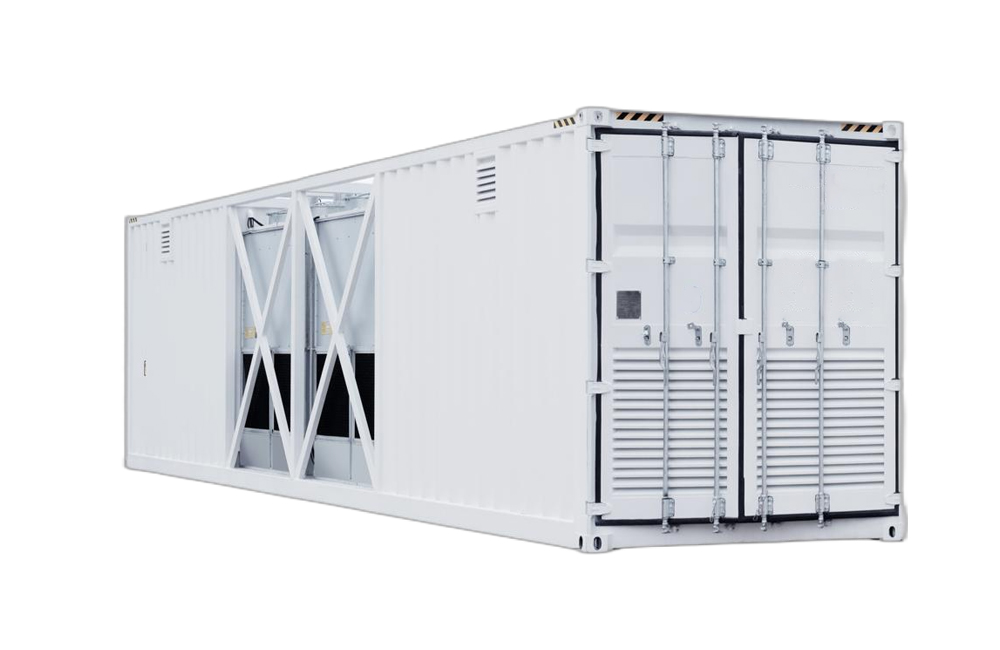



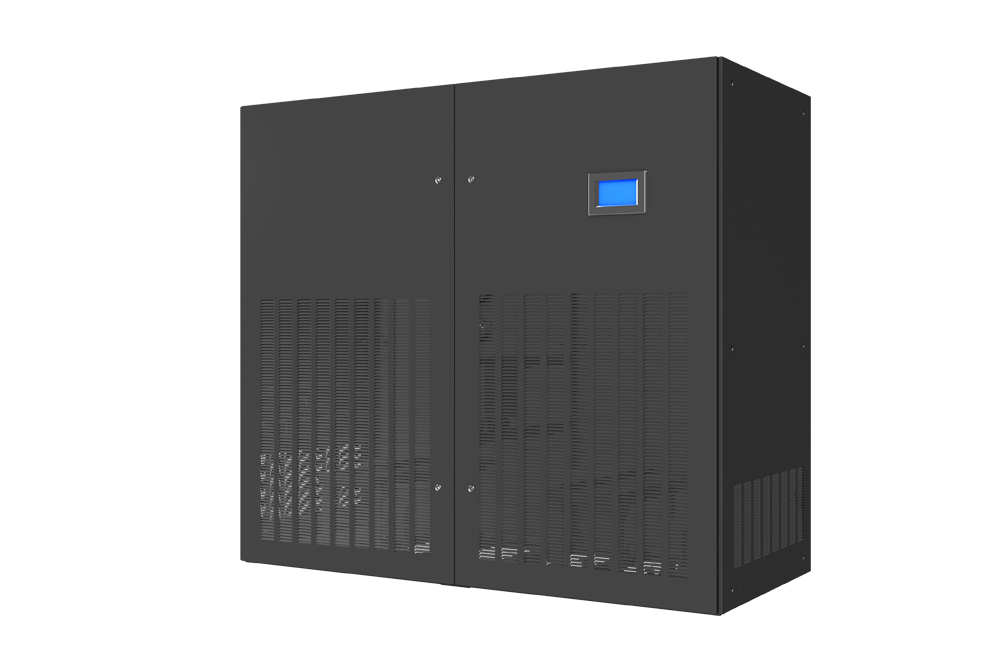
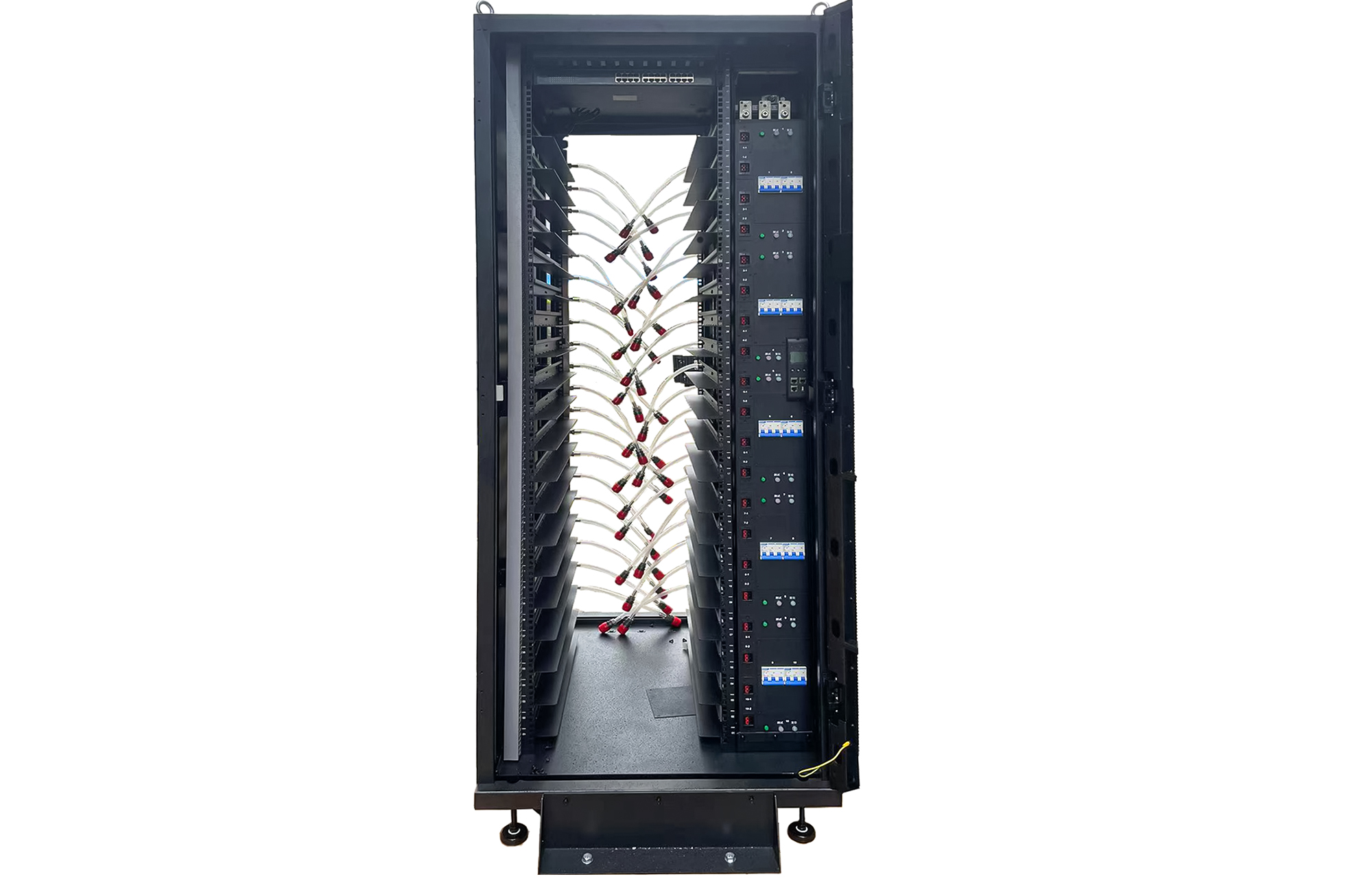
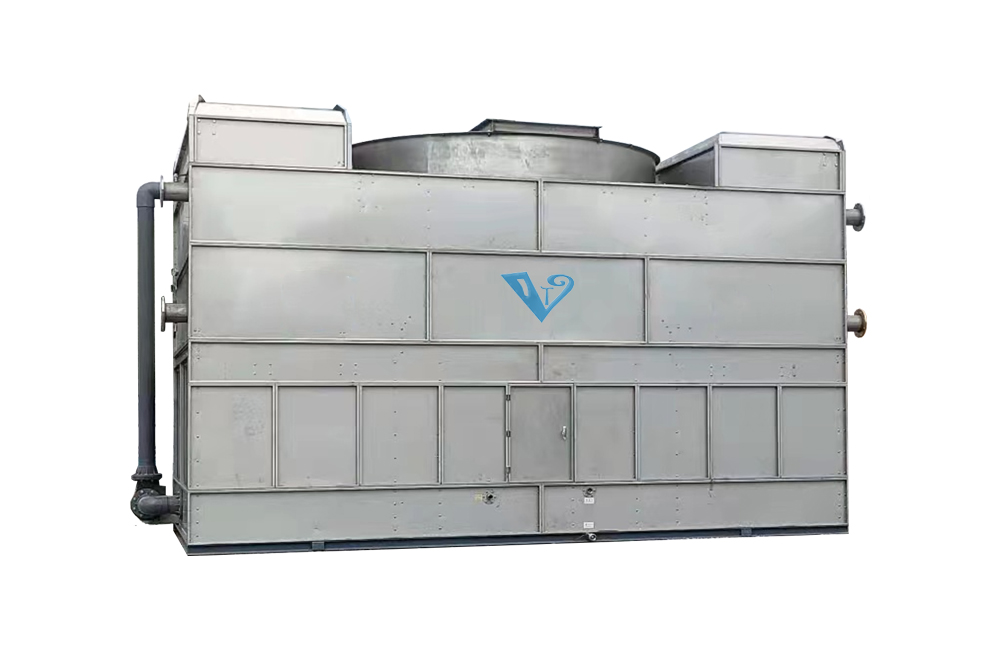
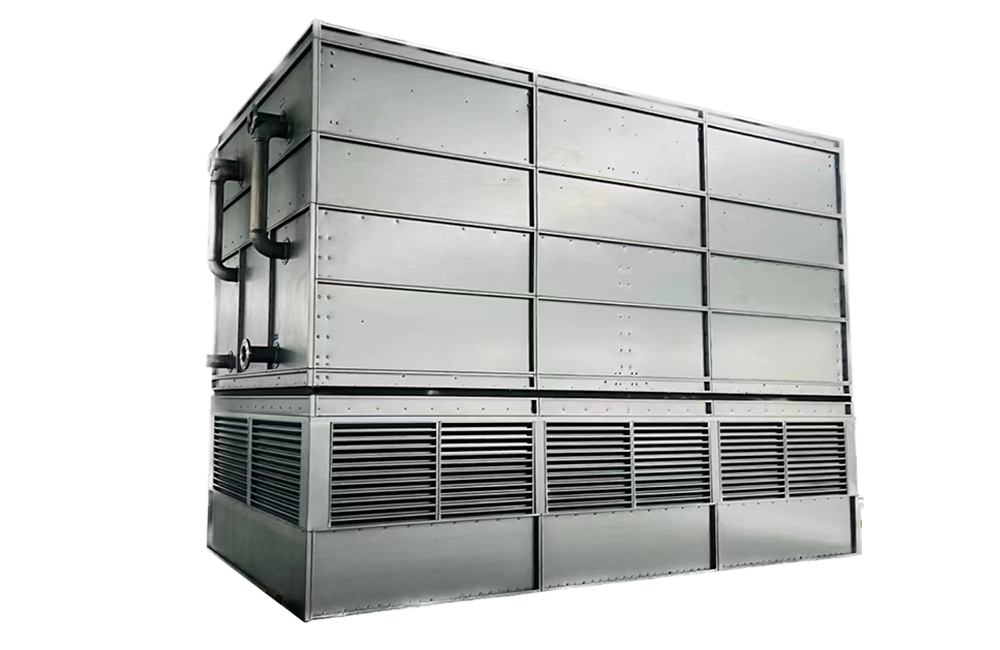
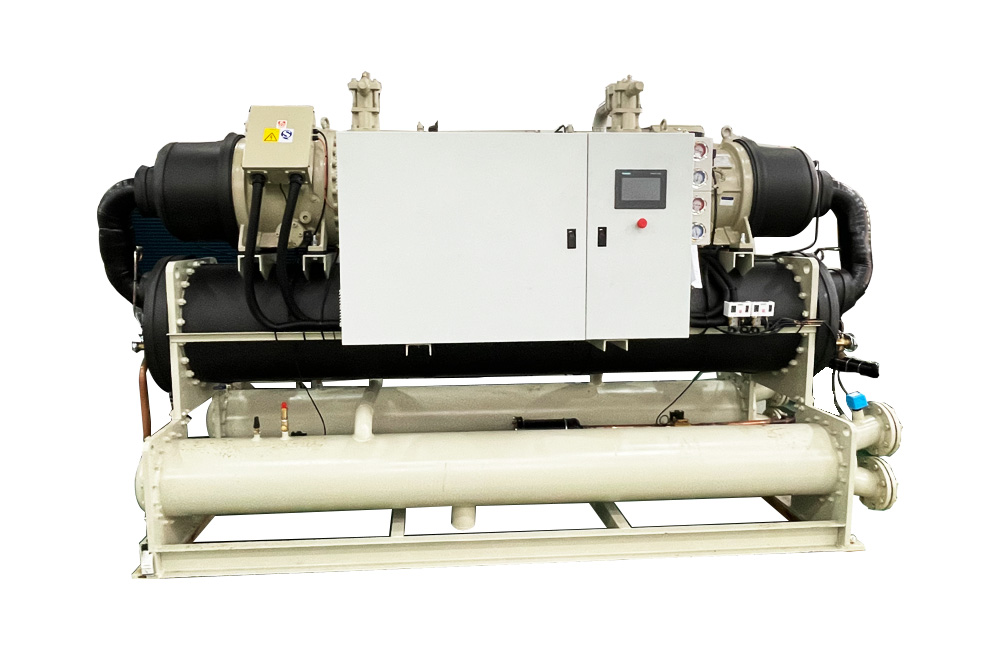
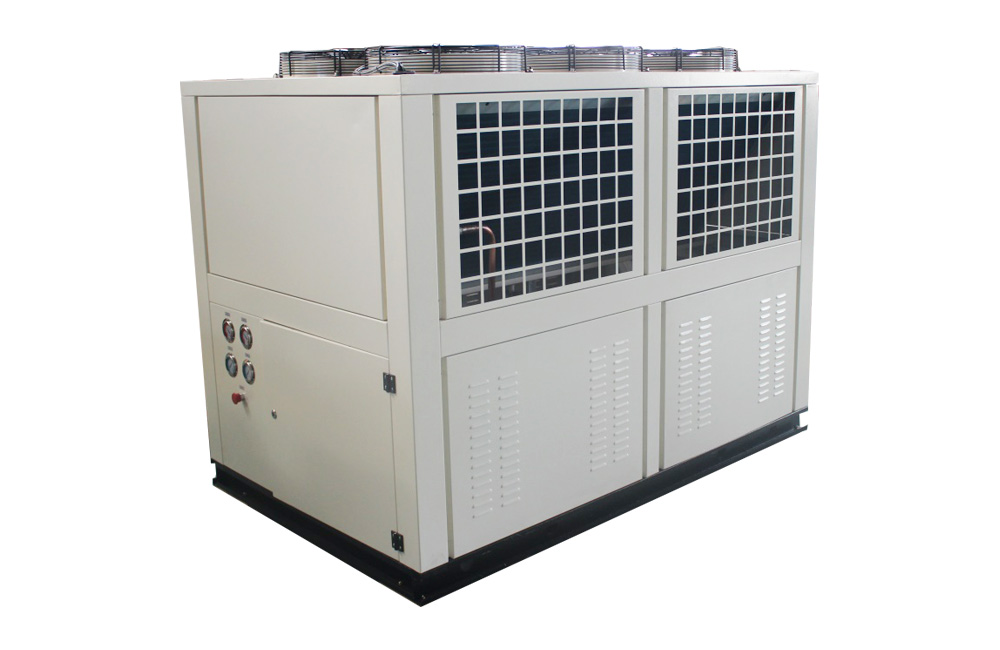


![loading... [304x195]](https://shopsource.singoo.cc/1155/general/hNakAQcM6btHyDdd.jpg?x-oss-process=image/resize)
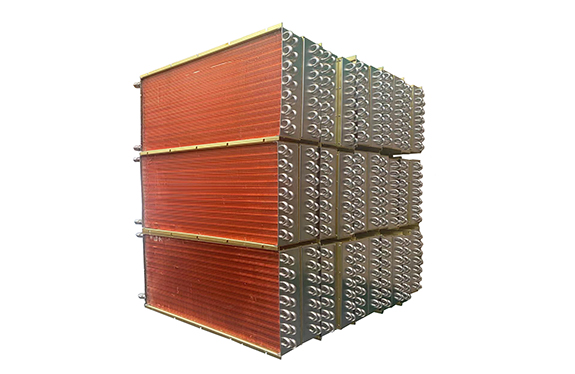



.webp?x-oss-process=image/resize,w_100/quality,q_100)
.webp?x-oss-process=image/resize,w_100/quality,q_100)


.webp?x-oss-process=image/resize,w_100/quality,q_100)



